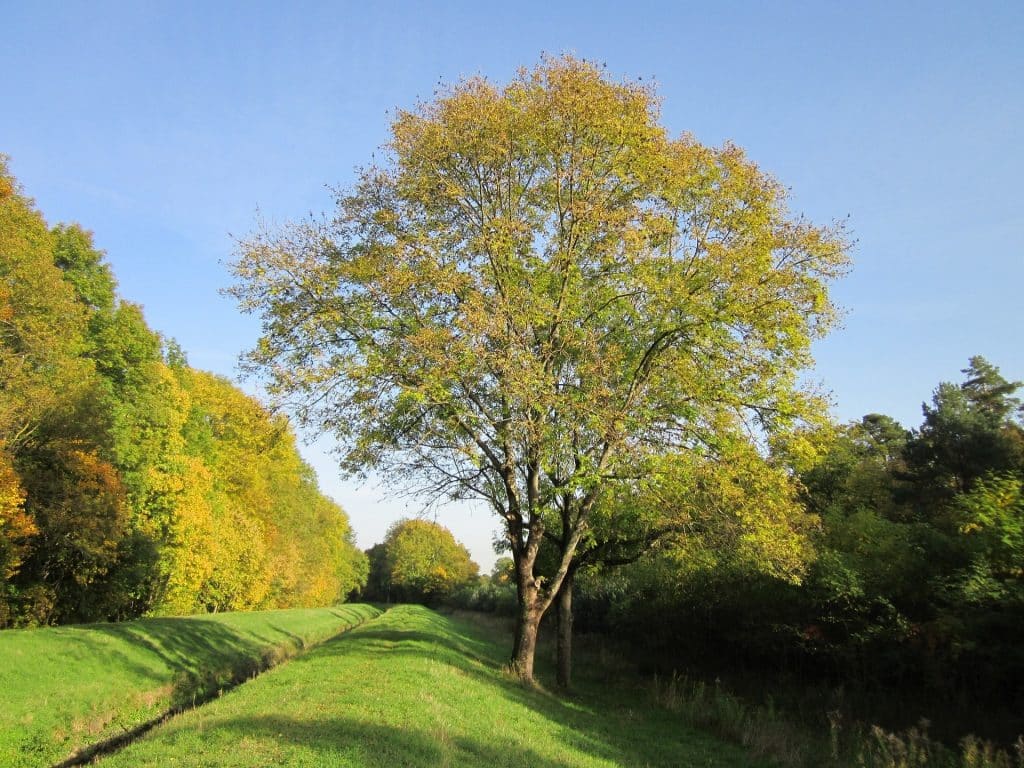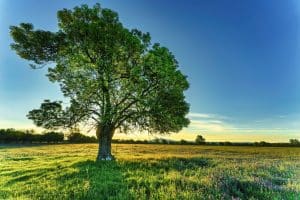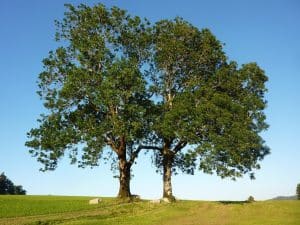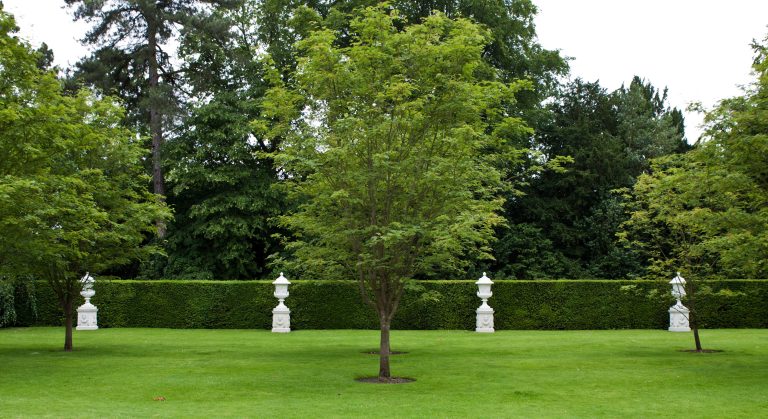Home » Tree & Site Surveying
If you’re planning any kind of development or construction project, it’s important to have a clear understanding of the site and any existing trees that may be affected. This is where tree and site surveys come in. In this guide, we’ll take a look at what tree and site surveys are, why they’re important, and how to get started.
A tree and site survey is an assessment of the site and any trees that may be affected by a development or construction project. It involves a detailed examination of the trees on the site, including their age, species, condition, and any potential risks they may pose. It also includes an evaluation of the site itself, including the soil type, drainage, and any other factors that may impact the trees.

Simply drop us a message below and we will be in touch
There are a number of reasons why tree and site surveys are important. First and foremost, they can help you to identify any potential risks or obstacles that may need to be addressed before construction can begin. For example, if there are trees on the site that are in poor condition or pose a risk to nearby buildings or infrastructure, you may need to take steps to remove or relocate them before construction can begin.
Tree and site surveys can also help you to plan your development in a way that minimises the impact on the existing trees and surrounding environment. By understanding the site and the trees that are present, you can design your project to work around them and preserve as much of the natural environment as possible.
Additionally, tree and site surveys are often required by local authorities and planning departments before planning permission can be granted. Without a thorough survey, you may find that your planning application is delayed or rejected, which can be costly and time-consuming.


A tree and site survey typically involves a number of steps. The first step is to conduct a site visit, during which a qualified arborist will examine the site and assess the trees that are present. They will look at the age, species, and condition of each tree, as well as any potential risks they may pose.
The arborist will also examine the site itself, looking at factors such as soil type, drainage, and topography. They may also take into account any nearby buildings or infrastructure that may be affected by the development.
Once the site visit is complete, the arborist will compile a report that outlines their findings and recommendations. This report may include:
If you’re planning a development or construction project and you think you may need a tree and site survey, the first step is to find a qualified arborist or tree surveyor. Look for a professional with experience in conducting site surveys and who is familiar with the local planning regulations and requirements.
Once you’ve found a suitable arborist, contact them to arrange a site visit. During the site visit, make sure you provide the arborist with as much information as possible about your project, including any plans or designs you may have.
a report that outlines their findings and recommendations. This report will provide you with valuable information that you can use to plan your project and ensure that you meet all the necessary planning requirements.
It’s important to note that tree and site surveys should be conducted by qualified professionals who have the necessary skills and experience to perform the assessment accurately. A qualified arborist will be able to identify any potential risks or issues that may need to be addressed, and provide you with valuable advice on how to minimise the impact of your project on the existing trees and surrounding environment.
Conclusion
Tree and site surveys are an important aspect of any development or construction project. They provide you with valuable information that you can use to plan your project, ensure that you meet all the necessary planning requirements, and minimise the impact on the environment.
If you’re planning a project that may impact trees or the surrounding environment, it’s important to contact a qualified arborist or tree surveyor to conduct a site survey. They will be able to provide you with the information you need to plan your project effectively and ensure that it meets all the necessary regulations and requirements.
At Parish Environmental, we offer a range of tree and site survey services to help you plan your project and ensure that you meet all the necessary requirements. Our team of qualified arborists has extensive experience in conducting site surveys and can provide you with accurate and reliable information to help you make informed decisions about your project. Contact us today to learn more about our services and how we can help you with your project.












We care about trees and the environment, and we always aim to offer the best possible service to all our customers, residential or commercial – Simply call or submit the form opposite to get in touch with our team.
Simply enter your details and a member of our team will be in touch to arrange your no obligation Tree Inspection!